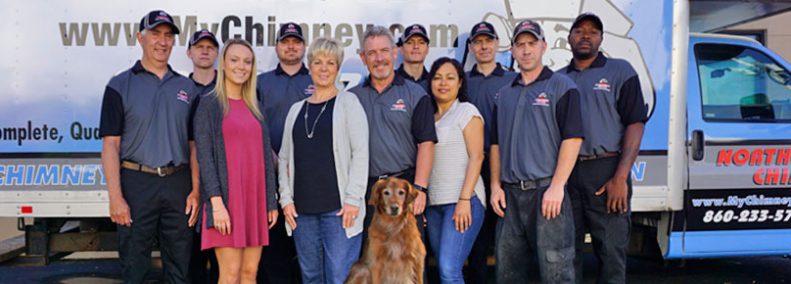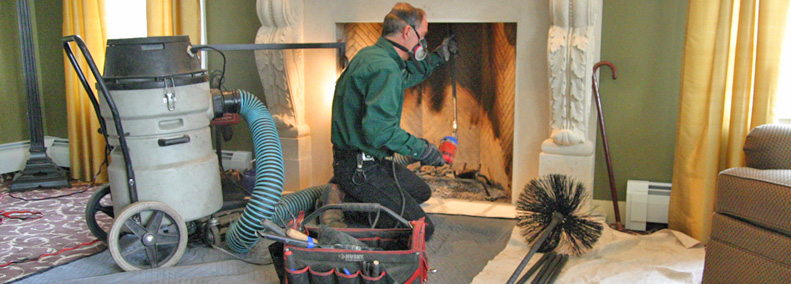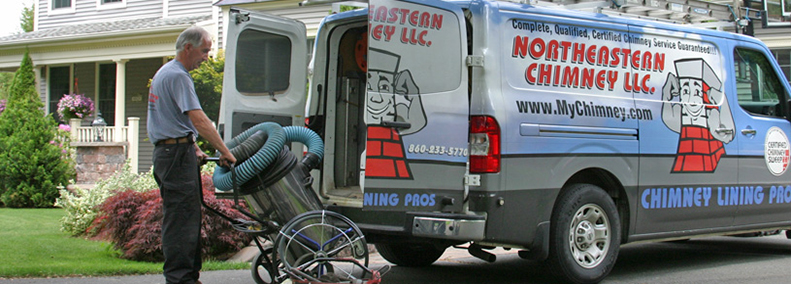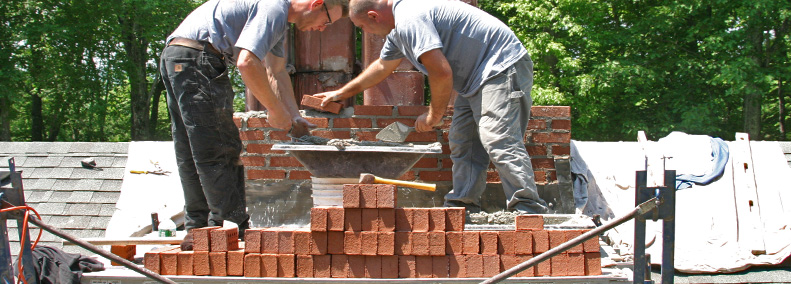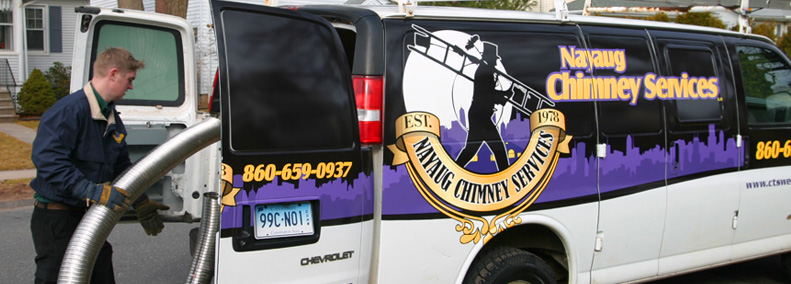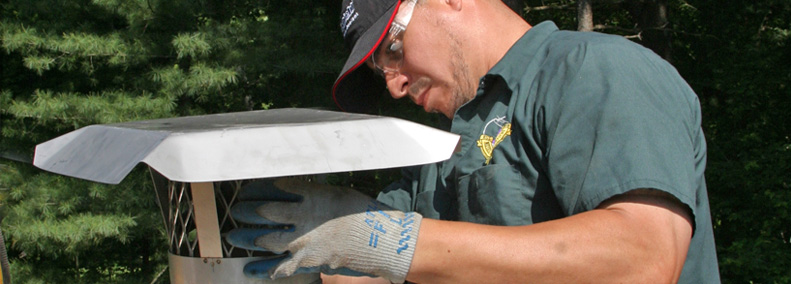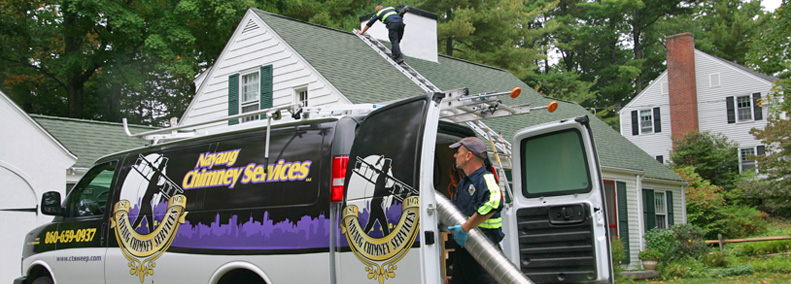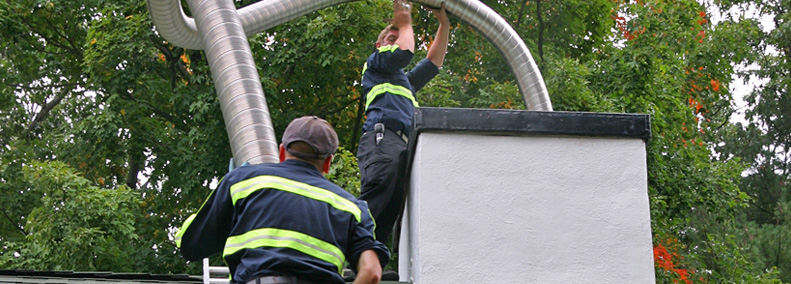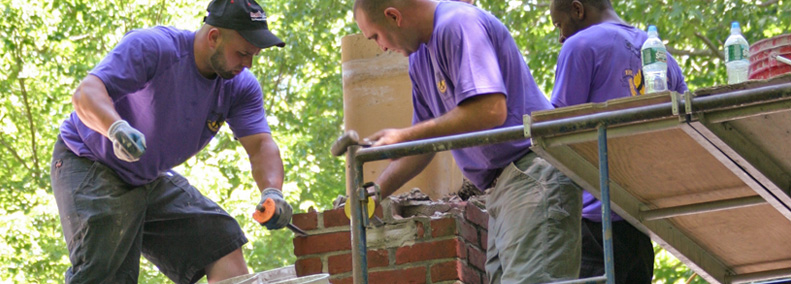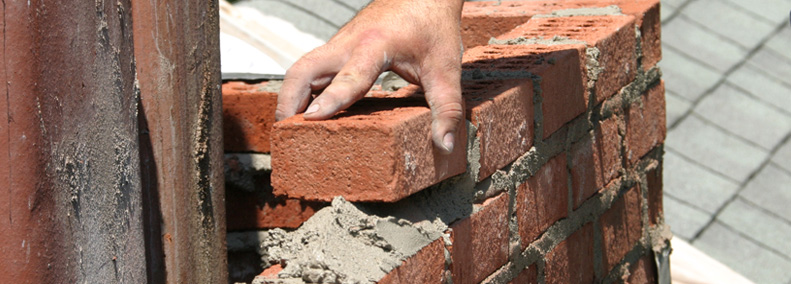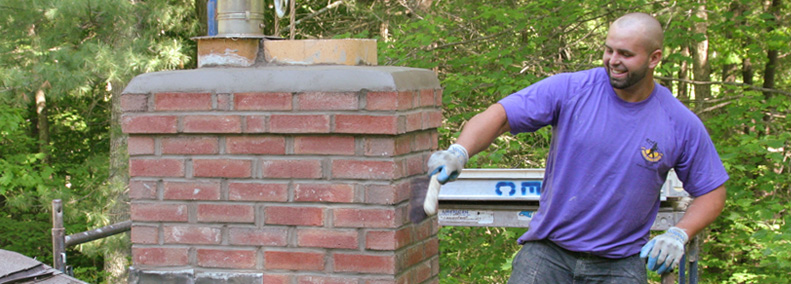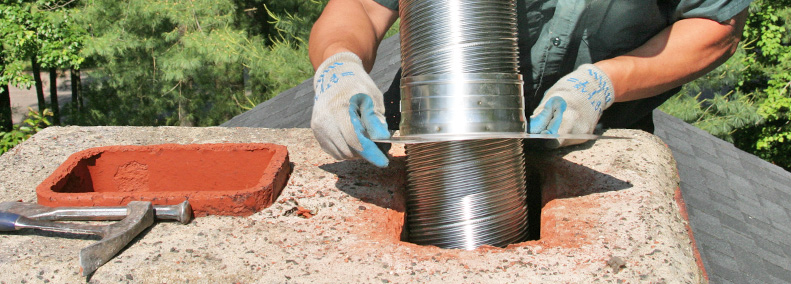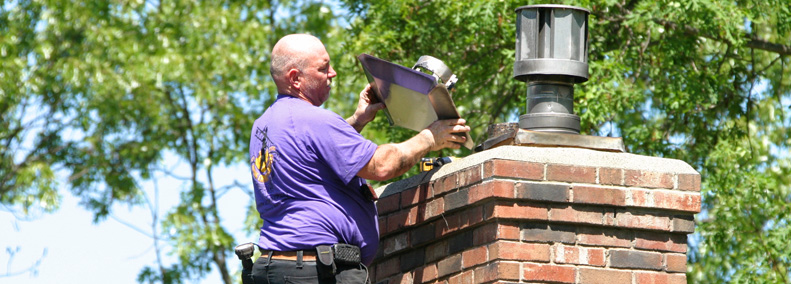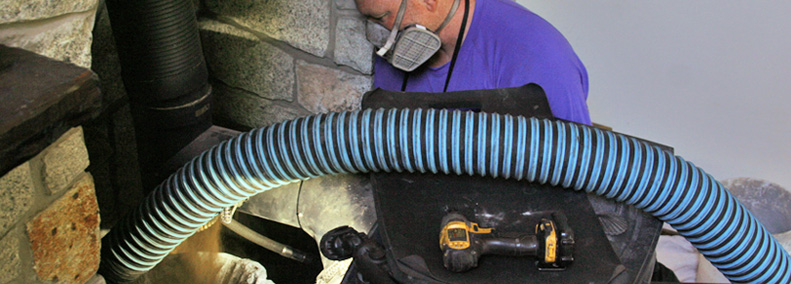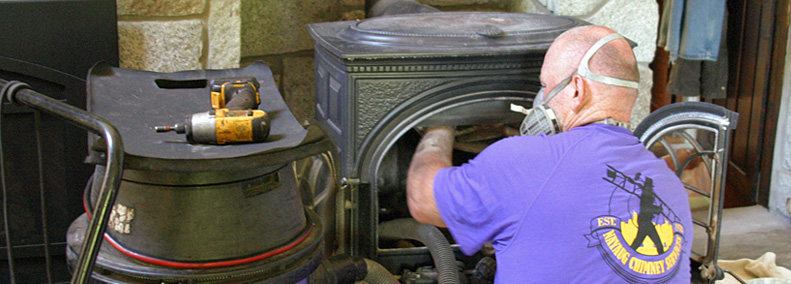12.21.12
The Pros and Cons of a Chimney Cap
A chimney cap is a covering for the top of your chimney, and it usually includes wire mesh. It makes a great deal of sense to install a chimney cap, when you look at the benefits. There are, however, some problems which can occur because of a chimney topper, particularly involving wire mesh.
Pros
• A chimney cap prevents water from entering the chimney. Moisture can enter the flue anytime it rains, without a chimney cap. This can cause water to get inside the attic or house as it runs down the brickwork. The moisture can damage your walls and ceiling.
• A chimney cap can stop downdrafts from entering the home. Downdrafts can cause your home to fill with smoke. Especially in windy areas, a chimney cap can be extremely beneficial in helping to make the home more energy efficient. Cold blasts of air are prevented from entering into homes equipped with a chimney cap.

It is best to choose a chimney cap with the mesh siding to prevent critter from entering your chimney.
• When mesh netting is installed with the cap, animals are prevented from entering the chimney. Birds are drawn to the warmth provided by a chimney and will build nests in uncapped chimneys, which causes serious clogging. Other animals are also known to access uncovered chimneys, such as raccoons, snakes, and squirrels. The animals often get stuck; and they sometimes die, which creates an awful odor. It’s dangerous to deal with a wild animal, since they can carry various diseases, including the deadly rabies virus.
• Wire mesh on chimney caps are also spark deflectors, which can be extremely important in dry areas.
Cons
• The openings in the chimney cap screens are sometimes very small, and they can become clogged with creosote. Creosote is buildup caused by wood smoke and is not only deposited on the flue lining, it can also clog the mesh. When the screen is obstructed, the oxygen needed for the fire is cut off, which means the fire could be much more difficult to light, and it won’t burn properly.
• Soot can also clog the mesh on a chimney cap. Soot is a black fine powder created during combustion. The rising particles adhere to the sides of the flue and can clog the mesh in a chimney cap.

During your annual chimney inspection your professional chimney sweep can check the cap to make sure it is properly cleaned and safe to use.
• After high winds, debris and leaves can clog a chimney cap.
• If paper is burned in the fireplace, which isn’t recommended, ash could accumulate and get trapped in the netting, causing blockage.
• During heavy winter storms, ice and snow can build up around the mesh and prevent air circulation from flowing adequately.
• Discoloration of the chimney and roof in the surrounding brick or stucco could also occur, if there is an accumulation of creosote or soot in the mesh.
A professional cleaning by one of our licensed, certified chimney sweeps will take care of all issues connected with a clogged chimney cap. Annual inspections are important, even for people who don’t use their fireplaces frequently during the winter. The chimney cap is a potential problem area, no matter how frequently you’ve used your fireplace.
The debate concerning the pros and cons of having a chimney cap can easily be won by the pros, since regular chimney cleaning and inspection virtually eliminates problematic issues.
Northeastern Chimney, Inc.
formerly Nayaug Chimney Services, LLC
37 Cody Street, West Hartford, CT 06110
Phone: 860-233-5770

 Tap to Call Now
Tap to Call Now
